It was a telling moment in American electoral history. Two establishment-friendly candidates in the Democratic primaries, Amy Klobuchar and Pete Buttigieg, suddenly drop out of the race before its most crucial moment, Super Tuesday, and endorse the party leadership’s safest choice – Joe Biden.
Few probably know exactly why the timing of their withdrawal and unified endorsements seemed so well coordinated. But based on the Democratic Party’s continued shady handling of Bernie Sanders’ left-populist campaign, it wouldn’t be unreasonable to suggest they cut a back-door-deal with the Democratic National Committee (DNC). The situation is reminiscent of the 2016 Democratic presidential primaries, when leaked DNC emails attacking Sanders, a clear leadership bias in favor of Hillary Clinton, and talk of a rigged primary election, all made one thing clear – the Party elites had chosen their candidate long before the people even cast their votes.
As a result, the Democratic Party has earned a bad reputation as of late, exemplified by Donald Trump’s quick-to-stick nickname for its 2016 presidential pick – “Crooked Hillary.” And while the Democrats certainly deserve the negative attention for their circumvention of democracy, it should not give anyone the illusion that this is a partisan tactic.
The Republican Party leadership tried the same tricks against Trump’s right-populistcampaign in the run up to the 2016 presidential election, by throwing its money and support behind the safest and most manipulatable candidate – Jeb Bush – years before the election even took place. Robert Costa from The Washington Post called it “a behind-the-scenes campaign” launched by “the Republican Party’s most powerful insiders and financiers…to draft former Florida governor Jeb Bush into the 2016 Presidential race.” In this case the leadership was initially unsuccessful, but it wasn’t long after Trump got elected that he realized the need for support from the Party elites if he was going to survive repeated attacks from the liberal media and Democratic Party.
Congratulations Democrats You Have Your Democratic Nominee To Go Up Against Donald Trump In November! #DemocraticPrimary #DemExit2020 #DementiaJoe pic.twitter.com/76NLHBNvtW
— Nathan Ball/ネーサン (@TellerYT) March 18, 2020
The Money Primary
In fact, string pulling from both parties’ elites is such a common practice, political scientists even have a term for it – the “Money Primary.” It’s a period long before campaigning begins, when potential candidates look for support from the wealthy Party elites who will fund their campaign – and to which they’ll be accountable as a result.
For most of American history, the ruling political parties did not try to hide the “Money Primary” by following it up with a primary election; party elites directly chose which of their loyal candidates could be elected by the people. But whether there is a primary election or not, one fact still stands: no candidate would be able to garner enough votes to become President without the tight grip of a capitalist leash of indebtedness around their neck – unless of course they’re a billionaire themselves.
The Great Illusion of American Democracy
America’s first president, George Washington, warned of the dangers of the then-emerging two-party system, before leaving his presidential post, in 1796. He claimed “the alternate domination” of one party over another “is itself a frightful despotism. But this leads at length to a more formal and permanent despotism.”
And so against Washington’s wishes for the country’s future, the modern two-party dictatorship of the Democratic and Republican parties developed. The diarchy, combined with their virtual top-down appointment of America’s primary candidates, should give anyone with a political conscience a reason to wonder: how did the concept of democracy begin from “consent of the governed” and end up with orchestration by the governors?
The answer lies in the fact that modern democratic systems cannot, in practicality, exist, in the socially-contractual and directly-representative way that idealistic Renaissance theorists envisioned it could. Because of the development of different socio-economic factors over time, America’s modern republican two-party system shares far more similarities with the Union of Soviet Socialist Republics’ one-party system, than that of the original slave-owning democracies like Ancient Greece.
Both the U.S. has, and the U.S.S.R. had, regular elections for candidates that were selected in top-down fashion by party elites. Both types of elections serve, and served, to render legitimacy to the country’s ruling party/parties and economic status quo. And both systems allow, and allowed, limited avenues for anti-mainstream candidates to emerge victorious – how else could Donald Trump have come to power in the U.S., or Mikhail Gorbachev in the Soviet Union?
While Arizona, Florida and Illinois are still voting today, going to the polls amid the coronavirus outbreak is a personal decision and we respect whichever choice voters make. If you do go to the polls, please see CDC guidance on keeping yourself safe: https://t.co/dS8dW76GwH
— Bernie Sanders (@BernieSanders) March 17, 2020
The Primary Factor of Democracy
In reality, however, the number of parties a system allows or how candidates are put forward for election, when considered in abstraction, have peripheral significance in determining what makes a republic democratic. And while the Soviet political system left much to be desired in terms of democratic practice, there is a primary factor that gave rise to a society in the U.S.S.R. moredemocratic than the one in which Americans live today.
The primary factor is social class.
Most critics of the American political system focus their attention on the unbalanced electoral college or the fact that officials can be elected without winning the popular vote, which are both simply mechanisms to better proportion political representation across less populated areas of the country. Few, however, take issue with the fact that whatever the established political rules are in a capitalist country – elected officials will almost always be accountable to a ruling class that has irreconcilably different interests than the vast majority of working people.
On the other hand, despite the state’s fluctuating degree of authoritarianism throughout the country’s history, there was never doubt as to which class held power in the U.S.S.R. Factory workers, coal miners, and tractor drivers staffed top governmental and party positions – having come to power in elections uninfluenced by billionaires and corporations. There was no “Money Primary,” only nationwide elections, intra-party elections, and, admittedly the least democratic, top-down appointments – which were nevertheless carried out by officials with, in theory, similar class interests as the rest of the country. The government even had an upper chamber of the Supreme Soviet called the “Soviet of Nationalities” – a legislative body that assured equal representation from many different nations comprising the Soviet Union.
An elected body similar to the Soviet of Nationalities would be unthinkable for America’s ruling class – whose rule allows for the proliferation of racial ghettos, mass exploitation of undocumented labor, and tolerance of organizations like the Ku Klux Klan and Nationalist Socialist Movement of America.
For the United States to truly turn to democracy it would need to turn away from the capitalist class, and with socialism becoming more popular with new generations of post-Cold War workers – the approaching economic crisis might just be the stimulus that will throw our class into working towards organized class struggle.


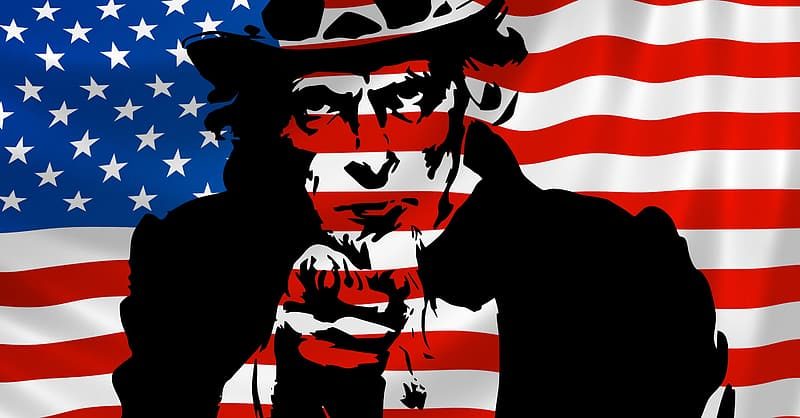
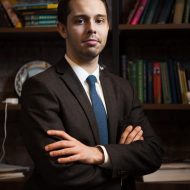
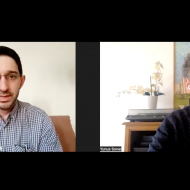
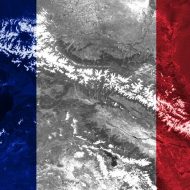
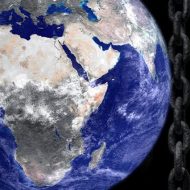


Leave a Reply